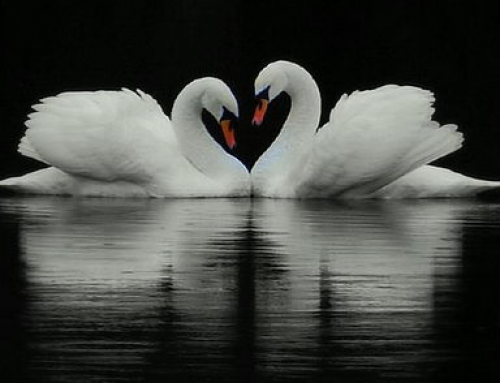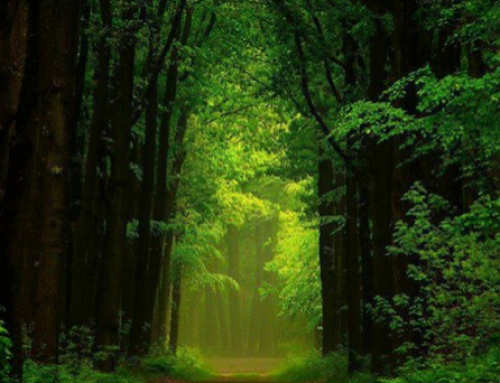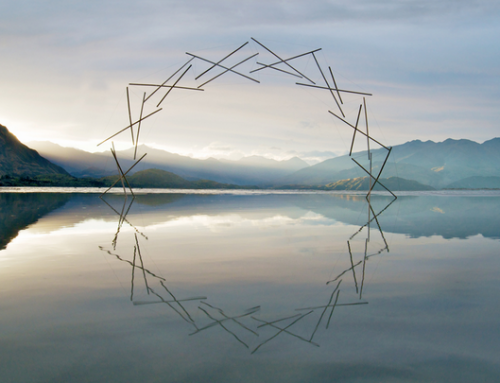“Did you ever wonder if the person in the puddle is real, and you’re just a reflection of him?”
― Bill Watterson
Who am I? Do we know the answer?
Do we even ask the question? Or are we so busy with all our responsibilities, schedules, and social activities that this very important question is not given much attention.
The practice of yoga asks us to ask ourselves this question. The second limb of yoga is a set of Niyamas or observances. Svadhyaya, the fourth Niyama, is self-study or self-reflection. The sanskrit word “sva” means “self” and “adhyaya” means “inquiry” or “examination”.
So yoga asks us to look at ourselves and observe with an open heart and without judgement. The only way we can see clearly is to open our minds and not observe ourselves with a preconceived mindset. This can be quite challenging as society is constantly asking us to judge. Who is the best, fastest, smartest, most beautiful, most popular, etc.
The “individual” self.
Are we our personality? There are many tests and theories around personality types: Enneagram, astrology, numerology, Myers Briggs®, etc. I believe our personalities do originate from who we are at our core, but we can also develop personalities or turn certain personalities on or off for different roles. Personality comes from the Latin word “persona” meaning “mask”. For example, a person may be way more extroverted when teaching than they are in daily life. The job of an actor/actress is to take on the personality of a particular role. The most talented actors/actresses are capable of playing many different personalities.
We often try to get to know someone by asking them what they do. Are you a teacher, a photographer, a writer, a plumber, a mother, a doctor, etc? What we do has some relationship to who we are, but it is not the main part of the story. The happiest people are the people that do what is in alignment with who they truly are. Doing something for reward or external praise or because someone else thinks you should do it, tends to ultimately be empty unless you love the process of what you do.
To study ourselves is to be aware of our personality, our thoughts, our daily actions and our physical bodies. How do we treat ourselves and others? What are my attitudes about life and my abilities? Are my actions coming from a place of love or a place of guilt or retaliation? Do these actions ultimately make me happy or are they just a momentary sense of satisfaction?
The “universal” self.
The ultimate goal of Svadhyaya is to dissolve the illusion of separateness. We are not separate from god or spirit or whatever you want to call the bigger energy of life and death. We are part of nature and we are connected to every other being. Our spiritual side never dies. It is eternal. It is a mystery and yet when we are completely open, completely aware, completely without judgement we can feel it.
Asana can be a vehicle for self-study. Which poses are we drawn too? Which poses are the most difficult? How do we feel inside while we practice? Are we practicing for our ego or are we practicing for self-discovery? Yoga is meant to be a practice of letting go of the ego. When that happens we can truly connect with our deepest center, Each pose has the potential to be an expression of spirit.
Meditation is the practice of clearing our minds – becoming an empty vessel. When our minds are empty, we have a clearer vision. Time is suspended. There is no past or future. Just this moment. Being one with the universe.
So ask yourself the question: “Who am I?” To know who we are is not an easy undertaking.
“Study, when it is developed to the highest degree, brings one close to higher forces that promote understanding of the most complex.”
– The Yoga Sutras of Pantanjali, Sutra II.44
The eighth limb of yoga is Samadhi or enlightenment. Knowing who we are beyond the superficial layers is bliss. When we know who we are, we are living in harmony with ourselves, with others and with our environment. Could it be that the person and the reflection in the puddle are both real?






